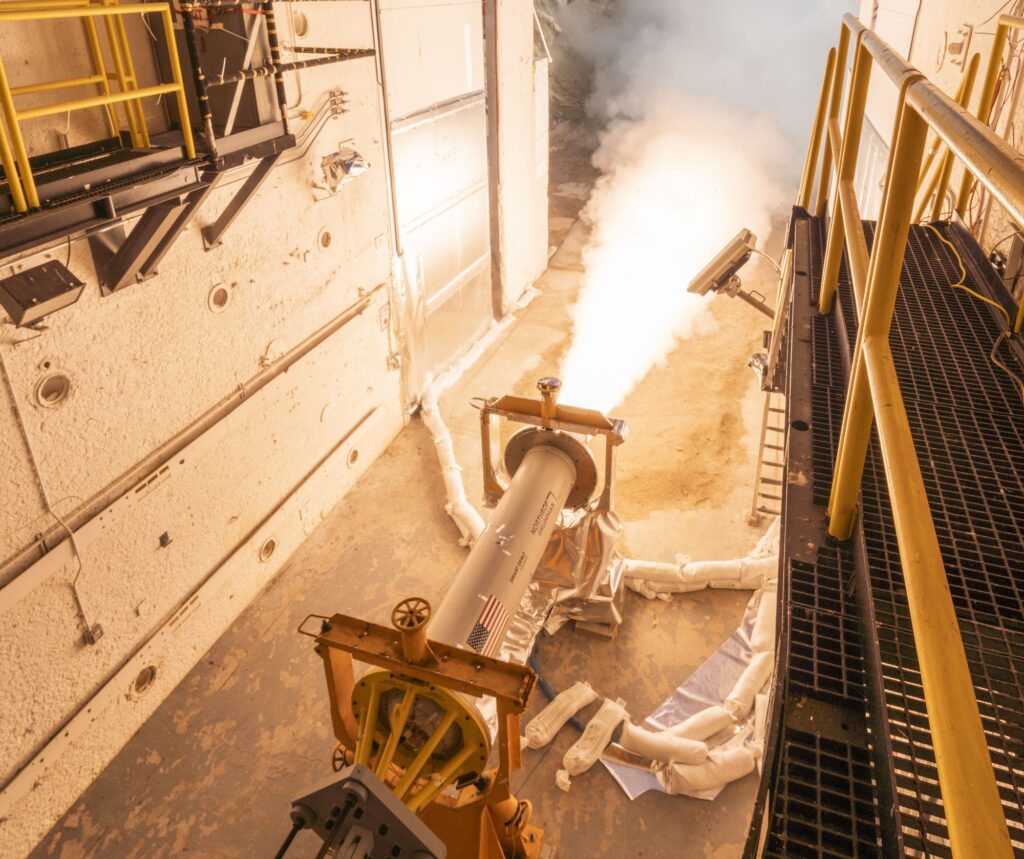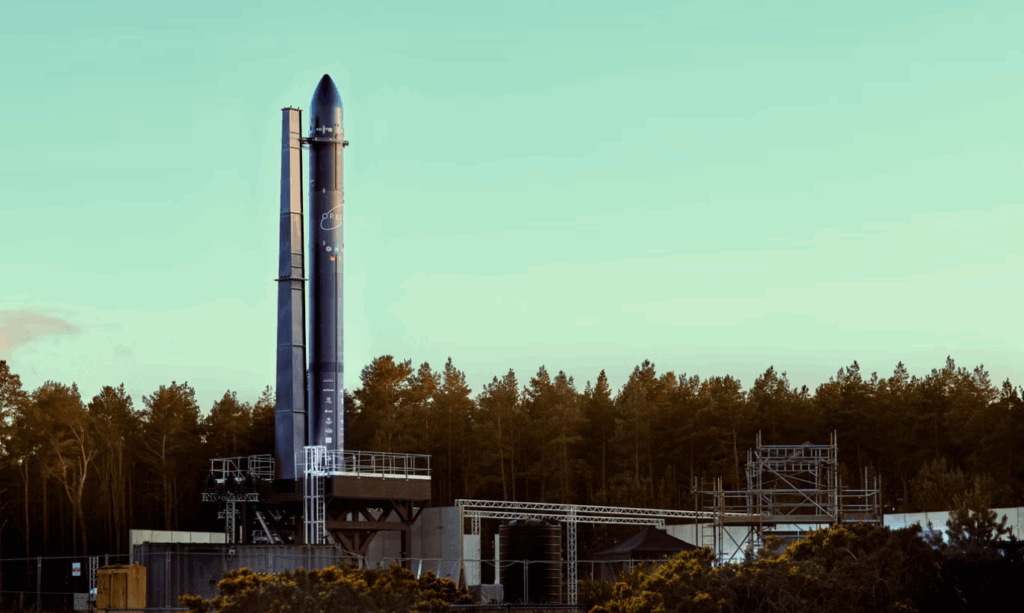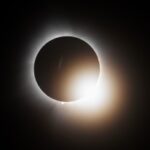Now Reading: Firefly deepens push into defense market after closing SciTec acquisition
-
01
Firefly deepens push into defense market after closing SciTec acquisition
Firefly deepens push into defense market after closing SciTec acquisition


WASHINGTON — Firefly Aerospace is sharpening its focus on U.S. missile defense and national security work, underscoring that shift during its latest earnings call as it integrates its newly acquired defense contractor, SciTec.
Firefly is a launch services provider and spacecraft manufacturer based in Cedar Park, Texas.
On its third-quarter earnings call Nov. 12, Firefly executives highlighted the company’s alignment with the Pentagon’s planned “Golden Dome” missile defense initiative and repeatedly cited the strategic value of the $855 million SciTec deal, which closed recently. The stronger emphasis marks a step up from earlier public remarks since Firefly’s August IPO, signaling how the company plans to fold SciTec’s capabilities into its broader push for defense contracts.
Chief Executive Jason Kim called SciTec a “force multiplier” that strengthens Firefly’s ability to compete for complex defense programs, particularly in space-based missile warning and domain awareness. “One of the strategic values of the acquisition was it bolsters our national security pursuits, particularly the Golden Dome program,” he said.
Firefly reported better-than-expected revenue growth for the third quarter but posted a net loss of about $140 million, partly due to the acquisition. The company is still recovering from the market hit following a September explosion of one of its Alpha rockets during a ground test at its Texas facility. Kim said “corrective measures” have been put in place and the next Alpha flight is planned for late this year or early 2026.
Positioning for Golden Dome
Kim’s repeated references to Golden Dome reflected how central the Pentagon’s planned space-based missile defense shield has become to Firefly’s long-term strategy. The proposed $175 billion initiative aims to protect the U.S. against next-generation missile and hypersonic threats and is expected to include a large orbital layer of interceptor satellites.
“Together with SciTec, Firefly will be able to provide the Golden Dome program with comprehensive end to end capabilities,” Kim said. While Firefly provides launch vehicles and spacecraft, SciTec contributes software for data fusion and ground processing. “This closes the fire control loop with an integrated network of interceptors, essentially filling the missing link for the air and missile defense shield for the U.S. homeland,” he said.
Although the Pentagon hasn’t yet issued a procurement plan or technical architecture for Golden Dome, Kim said Firefly has been “in communications with the Golden Dome customers” and expects opportunities ranging from interceptor testing to hypersonic target launches.
SciTec, based in Princeton, N.J., develops software for missile detection and tracking and runs a classified software facility in Boulder, Colo. Most of its workforce holds security clearances. The company has contracts with the U.S. Space Force to build AI- and machine learning-based missile warning and data processing systems — capabilities that now anchor Firefly’s defense expansion.
Kim said the combination of Firefly’s launch and spacecraft systems with SciTec’s analytics and ground software “gives us multiple shots at the goal for Golden Dome.”
Hypersonic testing, international expansion
Firefly is also moving into hypersonic flight testing, an area the Pentagon is racing to expand amid a backlog of test programs. Kim said the company recently signed a hypersonic test contract for its Alpha rocket with an undisclosed customer. The Alpha vehicle can carry one ton to low Earth orbit or two tons on suborbital trajectories — performance suited to reusable hypersonic and interceptor test payloads.
In parallel, Firefly is pursuing international partnerships aligned with U.S. defense priorities. The company is working with Japan’s Space Cotan to study Alpha launches from a new commercial spaceport in northern Japan. “This potential launch site in northern Japan offers strategic orbital access advantages, provides resiliency and launch pads that would allow us to tap into the large satellite industry in Asia, while also supporting U.S. allies in the region,” Kim said.
Kim pointed to Japan’s $6 billion Space Strategic Fund, established in 2024, as a sign of growing allied defense demand. “They are also looking at their own Space Force that they stood up in the past couple years,” Kim said. “And so we envision that they’ll need the same things that the U.S. and other allies will need, things like responsive launch, things like SciTec ground processing and software.” He said Firefly is also in talks with the European Space Agency and the UAE on potential partnerships.
Stay Informed With the Latest & Most Important News
Previous Post
Next Post
-
 012024 in Review: Highlights from NASA in Silicon Valley
012024 in Review: Highlights from NASA in Silicon Valley -
 02Panasonic Leica Summilux DG 15mm f/1.7 ASPH review
02Panasonic Leica Summilux DG 15mm f/1.7 ASPH review -
 03How New NASA, India Earth Satellite NISAR Will See Earth
03How New NASA, India Earth Satellite NISAR Will See Earth -
 04And Thus Begins A New Year For Life On Earth
04And Thus Begins A New Year For Life On Earth -
 05Astronomy Activation Ambassadors: A New Era
05Astronomy Activation Ambassadors: A New Era -
06SpaceX launch surge helps set new global launch record in 2024
-
 07From Polymerization-Enabled Folding and Assembly to Chemical Evolution: Key Processes for Emergence of Functional Polymers in the Origin of Life
07From Polymerization-Enabled Folding and Assembly to Chemical Evolution: Key Processes for Emergence of Functional Polymers in the Origin of Life




















